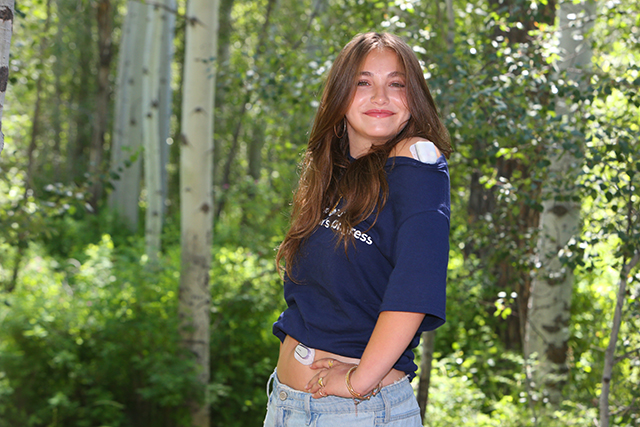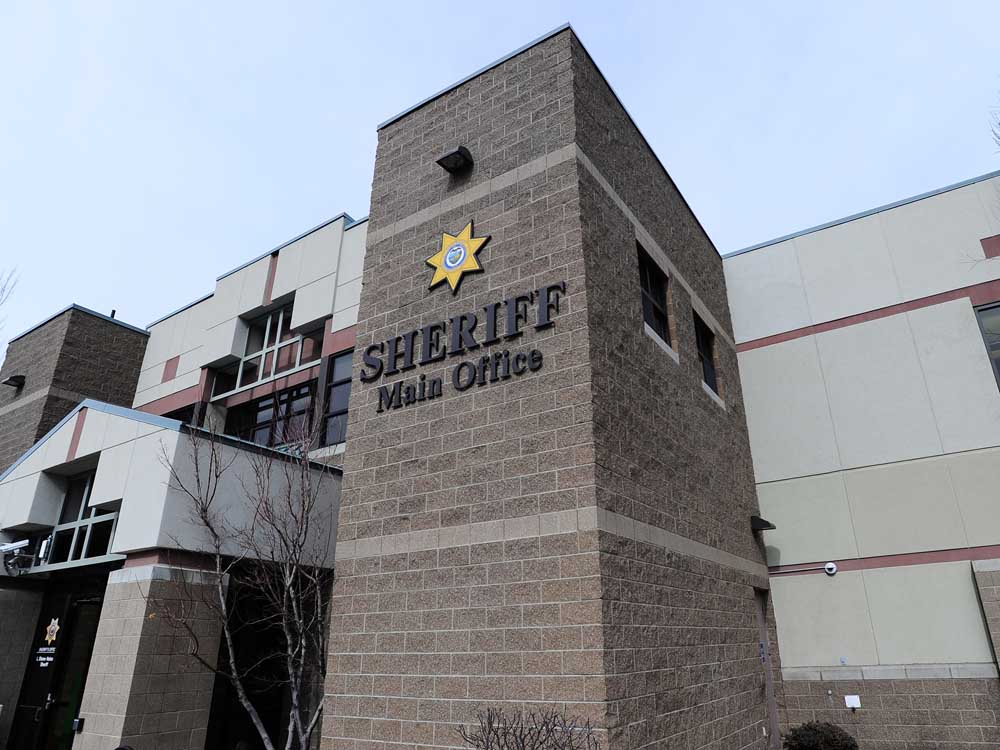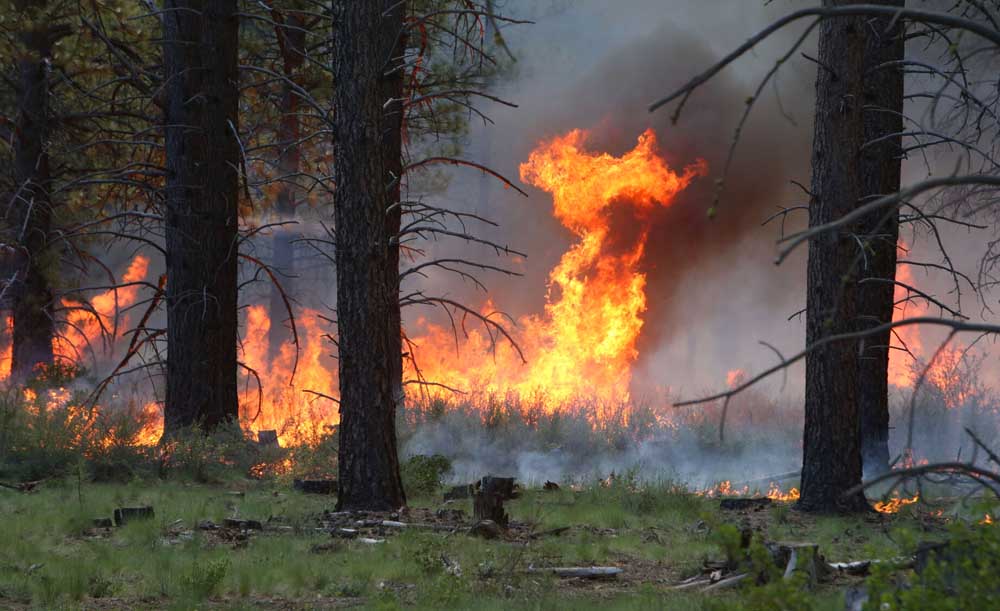Danger comes with the job
Published 12:00 am Sunday, February 11, 2018
PYEONGCHANG, South Korea — Racers in alpine skiing’s most perilous event, the men’s downhill, have an intimate, uneasy relationship with the mortal danger they face each time they push out of the start gate.
It is acknowledged; it is rarely discussed.
Trending
But a subconscious understanding of the inherent, terrifying risk, the chance that the next run may be their last, is always there, like a final layer taped to the lining at the back of each racer’s crash helmet.
At this year’s Pyeongchang Olympics, the field entering the men’s downhill — postponed on Sunday because of fierce winds and planned to be rescheduled 6 p.m. PST Wednesday — will be especially aware of the hazards the race will present.
Less than three months ago, the alpine community was shaken by the death of French skier David Poisson, who tumbled in a downhill training run in Alberta, Canada. Poisson burst through two rows of protective netting and struck a tree, according to police. Poisson, 35, a top performer on the World Cup for many years and the bronze medalist in the downhill at the 2013 world championships, was practicing days before the first full weekend of skiing’s World Cup season.
Downhill racers, who are usually among the most gregarious and free-spirited of the alpine set, find discussing the devastating outcomes of their occupation difficult. In fact, among themselves they generally do not do it. It is not a taboo subject, but the protocol is to avoid it.
“More often than not, we won’t talk about the dangers,” said Bryce Bennett, one of several promising American downhillers participating in Pyeongchang. “Because it doesn’t help. If you talk too much about it, it just becomes more of a reality.”
Poisson’s death has been a stark reminder of the risk that racers regularly subject themselves to when they plummet down the rock-hard, icy track of a downhill course at 90 mph. After his accident, World Cup racers from around the world suddenly found it difficult to throw themselves down the mountain with the same unbridled aggressiveness.
Trending
“The first couple of runs after David’s death, I think it did shake my confidence,” veteran Canadian downhiller Manuel Osborne-Paradis said after Thursday’s Olympic training run here. “I don’t think I was alone; it was going on throughout the tour.”
Aksel Lund Svindal of Norway, who has won six gold medals in the Olympics and the world championships, shook his head when asked about Poisson’s death. Svindal was seriously injured in a gruesome, somersaulting downhill accident in 2007.
“It was a shock to your system,” Svindal said. “We know the risk and we’ve known it since we were teenagers. We sort of put that away, as we must to continue to do this thing we love.”
Svindal paused, referred to Poisson and added: “But then, you know, when it’s something like that …”
Svindal appeared as if he wanted to finish his sentence or complete his thought. Instead, he stopped himself and asked if he could change the subject.
The fact is, bad things can happen when you are trying to find the hardest, iciest snow to go as fast as you can.
“We all know that if we fly into the nets, it’s going to hurt,” Bennett said.
Bennett’s U.S. teammate Andrew Weibrecht, who has won silver and bronze Olympic medals and also has suffered multiple debilitating injuries in falls, said that the scene near the start of a downhill race is typically taut and overwrought because of the competitive stakes involved. But everyone is also cognizant of the consequences of a little slip-up or a bad break, or even factors outside a racer’s control, like an ill-timed gust of wind or an uneven patch of snow.
Sometimes, an early racer in the field will crash, or several skiers might crash, leaving the rest of the field waiting near the start gate for 20 or 30 minutes while the injured are treated. That adds tension.
“When a few good guys go down and you’re up there waiting, you can ask yourself: ‘Do I really want to do this? And how do I do this and stay safe?’” Weibrecht said.
Downhill racers are not in any way consumed by fear. Everyone falls in ski racing and most of those accidents do not lead to serious injuries. Many cause no injury at all. American downhiller Jared Goldberg, who will compete in Pyeongchang, crashed recently in three World Cup races. Once his teammates heard that he survived each fall with only minor injuries, they got together and watched video of the crashes.
“We were laughing,” Bennett said with a chuckle.
But there is a darker side, however remote or repressed. If it is a really bad crash, Bennett said, they do not watch it or talk about it.
“That’s just the way it is,” he said, his face stiffening. “It’s what we’ve signed up for.”








